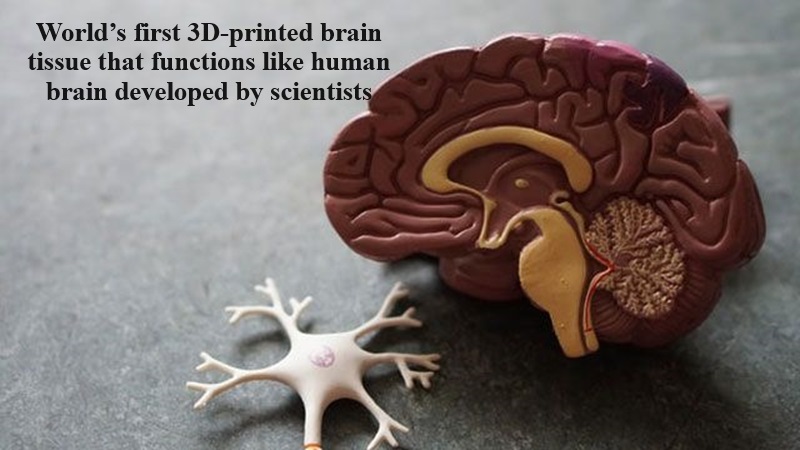
In a groundbreaking scientific breakthrough, researchers have successfully engineered the world’s first 3D-printed brain tissue that mimics the behavior of natural brain tissue. This achievement is being hailed as a significant step forward in advancing solutions for neurological and neurodevelopmental disorders.
The creation of this 3D-printed brain tissue holds immense potential for research initiatives focused on developing treatments for various neurological conditions, including Alzheimer’s and Parkinson’s disease.
The breakthrough provides a powerful model for scientists to gain insights into how brain cells and different parts of the brain communicate in humans. Su-Chun Zhang, a professor of neuroscience and neurology at UW–Madison’s Waisman Center, emphasized the potential impact of this development, stating, “This could be a hugely powerful model to help us understand how brain cells and parts of the brain communicate in humans. It could change the way we look at stem cell biology, neuroscience, and the pathogenesis of many neurological and psychiatric disorders.”
What sets this approach apart is the innovative technique employed in the 3D printing process. Unlike traditional methods that involve stacking layers vertically, the researchers opted for a horizontal stacking approach. Brain cells, specifically neurons derived from induced pluripotent stem cells, were strategically placed in a softer “bio-ink” gel, a departure from previous attempts.
The successful creation of 3D-printed brain tissue that closely mirrors natural brain tissue behavior opens up new possibilities for advancing our understanding of brain function and disorders. This breakthrough has the potential to revolutionize stem cell biology, neuroscience, and the study of various neurological and psychiatric conditions. As scientists delve deeper into the applications of this technology, it is anticipated to pave the way for significant advancements in the development of treatments and therapies for neurological disorders in the future.

Post Your Comments